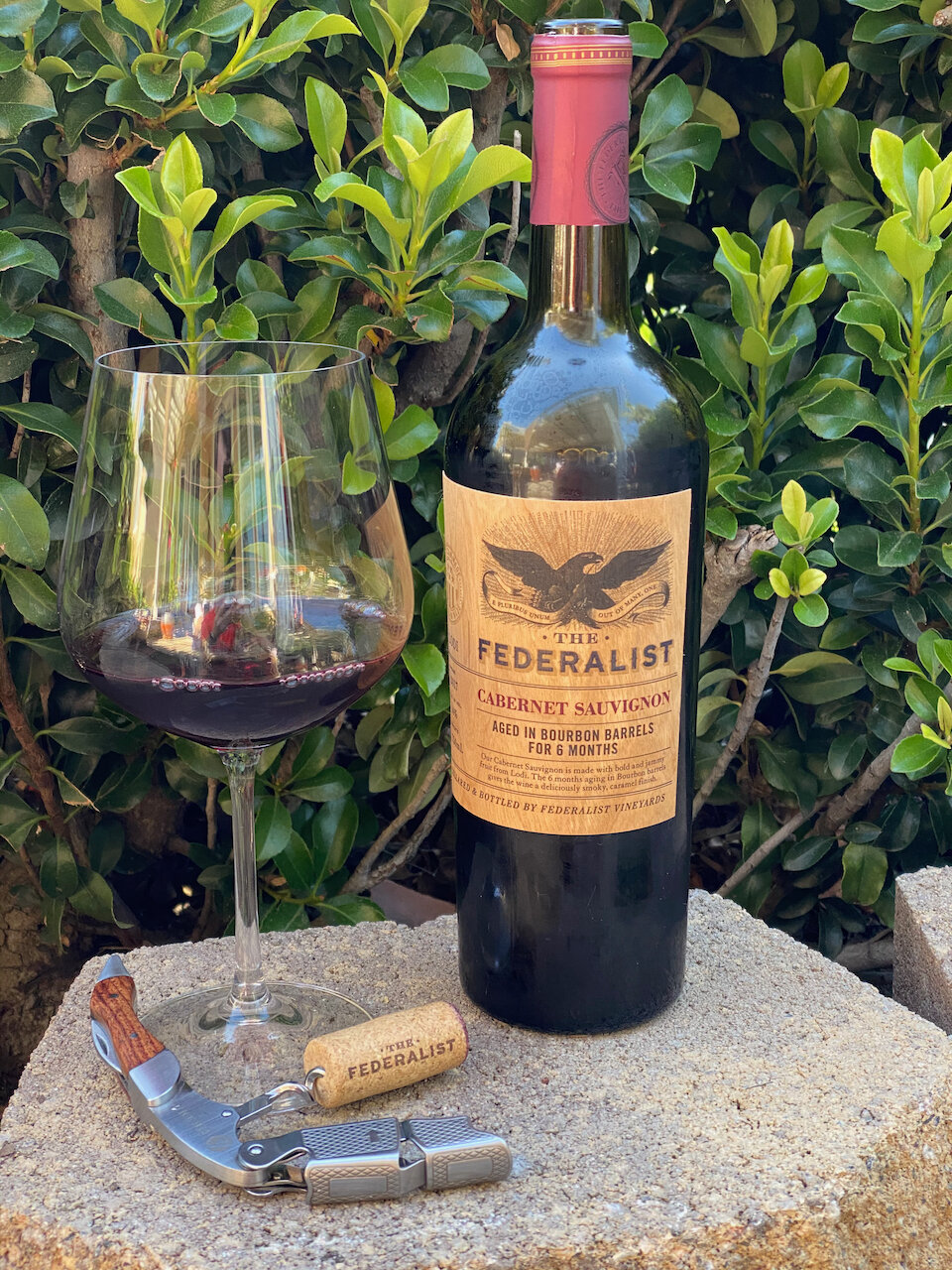Noble Rot doesn’t sound like a good thing when associated with wine. But, it actually is!
Noble Rot is officially known as Botrytis Cinerea and is a mold that devours the skin of the grape making it turn purple-grey and fuzzy. It eventually kills the grapes. The resulting shriveled grapes are raisin-like with highly concentrated flavors and sugar levels.
But, this process causing Noble Rot just doesn’t happen easily. For Noble Rot to occur there must be a combination of early morning mists followed by warm, sunny afternoons. It just so happens that the Sauternes region of Bordeaux France is one of the most famous of these regions. And, the Semillon grape variety is most ideally suited for Noble Rot.
Noble Rot wines are costly to produce and therefore can be costly to purchase. The high costs are due to the fact that Noble Rot does not spread through grape clusters in a uniform manner (as shown in the photo) making harvesting the individually affected grapes a labor-intensive and costly process. Then, the pressed juice is extremely concentrated and requires a long, slow fermentation.
The resulting Noble Rot wines are naturally sweet because the fermentation completes well before all the sugars have been converted into alcohol. They have a concentrated honey-flavor with a crisp, acidic finish.
Wines such as Sauternes from Bordeaux, Tokaji Aszu from Hungary, and Spätlese German Rieslings all are made from Noble Rot grapes.
The French often enjoy these sweet wines as an Aperitif and pair it with blue cheese and Foie Gras. But, they truly can be enjoyed in any setting.
So, now you know. Noble Rot is a good thing. Cheers!



